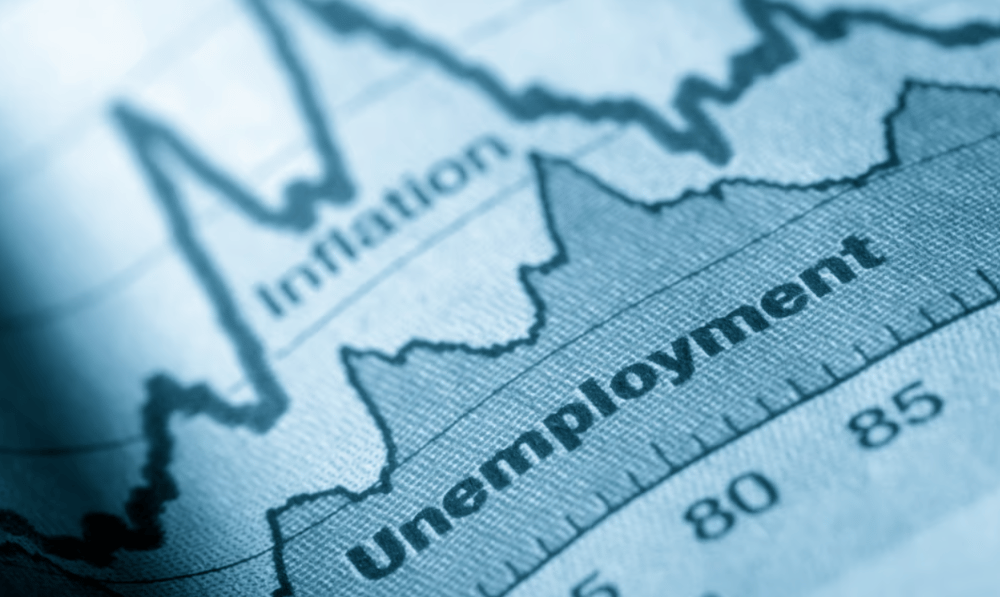Don't count on the central bank to lower rates after new unemployment benefit applications dip once more

New applications for unemployment benefits across the country fell for the fourth week in a row, hitting their lowest level for two months and coming in lower than economists had expected.
Government data showed initial claims fell by 5,000 in the week ending July 5, slipping to 227,000 – below the 235,000 forecasted by economists in a Bloomberg survey.
The figures give little indication that the economy is experiencing a negative jolt amid the ongoing tariff war between the US and key trading partners, although continuing claims for unemployment benefits jumped to 1.97 million.
The four-week moving average of new applications, which is seen as a more reliable indicator of the job market’s strength than the weekly figures, fell to 235,500 – marking its lowest level since the end of May.
For the Federal Reserve, which has kept interest rate cuts on pause this year as it assesses the impact of President Trump’s trade policies on the economy, the latest figures won’t shed much light on whether the jobs outlook is darkening.
Last week, government figures showed steady growth in the overall labor market, with the economy adding 147,000 jobs in June as the unemployment rate fell marginally to 4.1%.
The president and his allies have argued that the Fed needs to reduce interest rates immediately, and that its overnight rate is currently far higher than it should be. But Powell and the central bank have said they need more time to judge whether Trump’s tariffs are putting upward pressure on inflation.
For now, Fed decisionmakers are unlikely to be swayed much toward straying from their current approach to the rate outlook.
Jobless claim trends are especially hard to read between June and September because temporary and seasonal workers often either begin or finish jobs during the summer, while schools are also on break.
Market watchers currently see virtually no chance of a Fed rate cut at the end of July despite the Trump administration’s pressure to bring rates lower. According to the CME Group’s FedWatch, the central bank is 93.3% likely to hold rates steady at that meeting, scheduled for July 30, with just a 6.7% chance of a cut.
Stay updated with the freshest mortgage news. Get exclusive interviews, breaking news, and industry events in your inbox, and always be the first to know by subscribing to our FREE daily newsletter.



